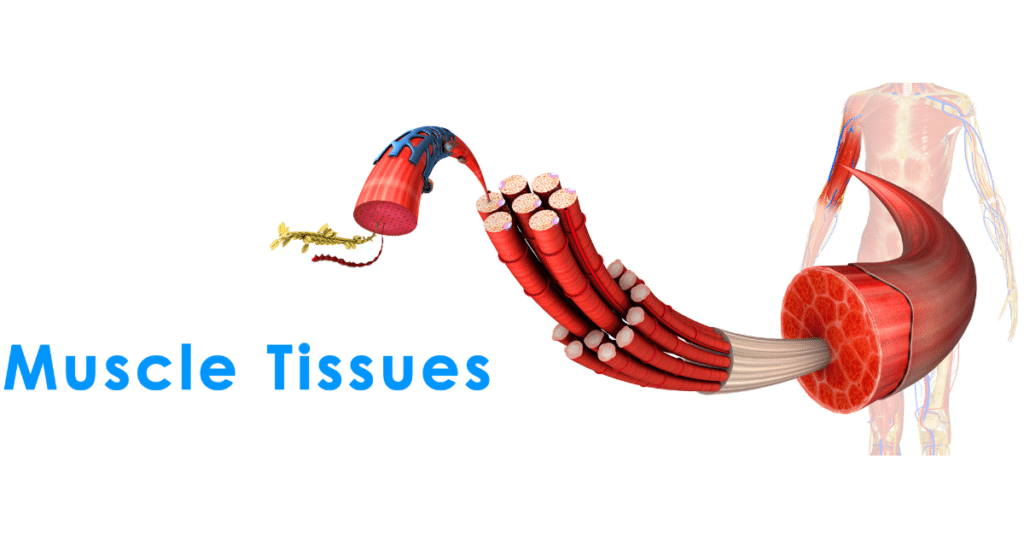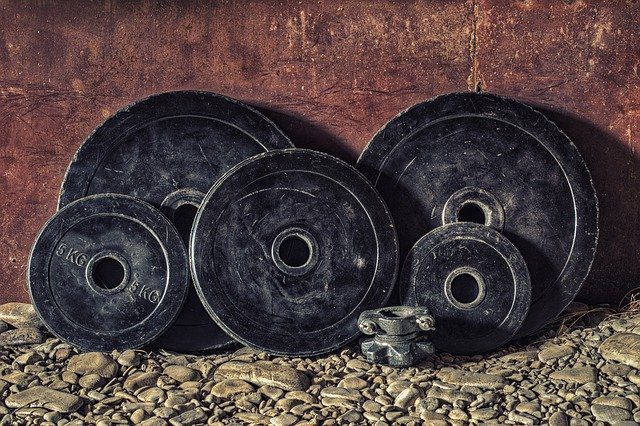Supplementing with EAAs for Maximum Anabolic Response
The EAA movement is here and if you aren’t on top of it, you’re going to be left behind. While EAAs aren’t anabolic in the sense that they compare to a steroid cycle or prohormone, they do have properties that help maximize an anabolic response which, in turn, can help you not only put on lean muscle mass but also help preserve it when dieting.
For years BCAAs were the craze and if you weren’t using them, well, you were voted off of the island. These days, research is showing not only are BCAAs (the big three – leucine, isoleucine, valine) helpful in recovery and muscle retention but when added to other essential amino acids allow for the full power potential to be unleashed.
Unfortunately, newer findings are saying that BCAAs alone, are not capable of creating a strong anabolic response but when all nine essential amino acids are present you have a greater ability to build quality lean muscle mass. Now, this isn’t saying BCAAs are worthless as they are three of the nine EAAs needed, but simply as a standalone, they aren’t as beneficial.
Leucine (one of the three BCAAs), however, still holds its placing as the most powerful and beneficial BCAA when it comes to helping stimulate muscle protein synthesis but the results aren’t significant when EAAs are present.
Table of contents
Disclaimer: This article is for informational purposes only and is not meant to treat or diagnose any condition. It is recommended that you speak with your doctor before starting any exercise program, changing your daily nutrition, or adding any supplements to your regimen.
What is an Anabolic Response?

Anabolic response refers to the physiological processes in the body that promote the synthesis and buildup of complex molecules from simpler ones, resulting in the growth and repair of tissues. This term is often associated with the effects of anabolic hormones, such as testosterone, insulin, and growth hormone, which play crucial roles in promoting anabolism.
During periods of anabolic response, cells in the body experience an increase in protein synthesis, leading to muscle growth and repair. This process is essential for various physiological functions, including the development of muscle mass, bone density, and overall tissue maintenance.
Anabolic responses are particularly significant in the context of exercise and resistance training. Physical activity, especially strength training, can stimulate anabolic hormones and promote muscle protein synthesis, contributing to muscle hypertrophy and strength gains. Adequate nutrition, including a sufficient intake of protein and other nutrients, is also essential to support the anabolic processes in the body.
In contrast to an anabolic response, there is catabolism, which involves the breakdown of complex molecules into simpler ones, releasing energy. Both anabolism and catabolism are integral components of metabolism, maintaining the balance needed for overall health and functioning of the body.

How Do You Trigger an Anabolic Response?
Triggering an anabolic response involves various factors, including exercise, nutrition, and adequate rest. Here are some key strategies to promote anabolic processes in the body:
- Resistance Training:
- Engaging in regular resistance or strength training exercises is one of the most effective ways to stimulate anabolic responses. Resistance training, such as weightlifting, creates micro-damage to muscle fibers, prompting the body to repair and rebuild, leading to muscle growth.
- Progressive Overload:
- Gradually increasing the intensity, duration, or volume of your workouts ensures a continual challenge to your muscles, promoting adaptation and growth.
- Protein Intake:
- Adequate protein consumption is crucial for supporting muscle protein synthesis. Protein provides the building blocks (amino acids) necessary for repairing and building new muscle tissue. Aim for a balanced intake of high-quality protein sources, such as lean meats, fish, eggs, dairy, and plant-based proteins.
- Post-Workout Nutrition:
- Consuming a well-balanced meal or snack containing protein and carbohydrates after a workout helps replenish glycogen stores and supports muscle recovery. This post-workout nutrition can enhance the anabolic response.
- Adequate Caloric Intake:
- Ensure you are consuming enough calories to support your activity level and goals. Caloric deficit (consuming fewer calories than you expend) may hinder the anabolic response.
- Sleep and Recovery:
- Sufficient sleep is essential for overall health and recovery. During deep sleep, the body releases growth hormone, contributing to anabolic processes. Aim for 7-9 hours of quality sleep per night.
- Hydration:
- Staying adequately hydrated is crucial for overall health and can support optimal performance during workouts.
- Balanced Nutrition:
- In addition to sufficient protein, ensure a well-rounded diet that includes carbohydrates and healthy fats to provide the necessary energy for workouts and overall metabolic function.
The Anabolic Benefits of EAAs are A-OK
What’s the main thing you’re trying to achieve when you think of an anabolic response? Putting on mounds of quality muscle, right? Well, in order to do that, you need to increase protein synthesis – ultimately, it’s the actual process of building lean muscle mass. When you are able to increase protein synthesis, you have the ability to increase recovery and help rebuild torn down muscle fibers when combined with a solid nutrition plan that includes quality sources of protein.
As the research has shown, even those who are “old adults” confined to bed rest and not allowed to exercise have maintained protein synthesis when unable to exercise, while the placebo group actually showed their protein synthesis to have decreased by around 30%. Therefore, even when no exercise is completed to create a direct anabolic response, muscle protein synthesis is still activated through proper supplementation involving the use of EAAs.

The anabolic response and effect of EAAs can also be shown in research that looked at how muscle is preserved in not only athletes but also the elderly who generally find their lean muscle mass decreasing as they age. When EAAs were present in a supplement regimen, participants showed an increase in lean body mass, basal muscle protein synthesis, and IGF-1.
Related Article: Turbocharge Your Protein Shakes with Velositol for More Muscle
When touching on hormones, the research is pretty compelling as well. Supplementing with EAAs has shown to be able to decrease cortisol levels while increasing testosterone levels. This finding is extremely promising to those who are looking to add quality size to their frame.
EAAs also have the ability to boost immunity and collagen production in the body – adding to the list of awesomeness that can be had through supplementing with essential amino acids.
Click here to continue reading…


*Disclosure: This article may contain affiliate links or ads, which means we earn a small commission at no extra cost to you if you make a purchase through these links. These commissions help support the operation and maintenance of our website, allowing us to continue producing free valuable content. Your support is genuinely appreciated, whether you choose to use our links or not. Thank you for being a part of our community and enjoying our content.
PLEASE CONSIDER SHARING THIS ON YOUR SOCIAL MEDIA TO HELP OTHERS LEARN MORE ABOUT THIS TOPIC. SIMPLY CLICK BELOW!

